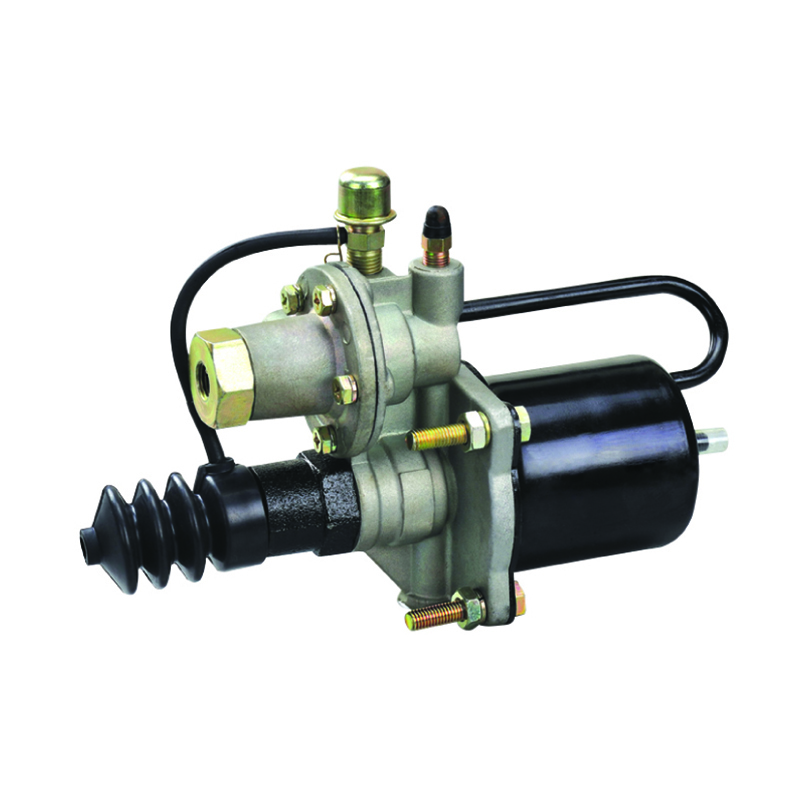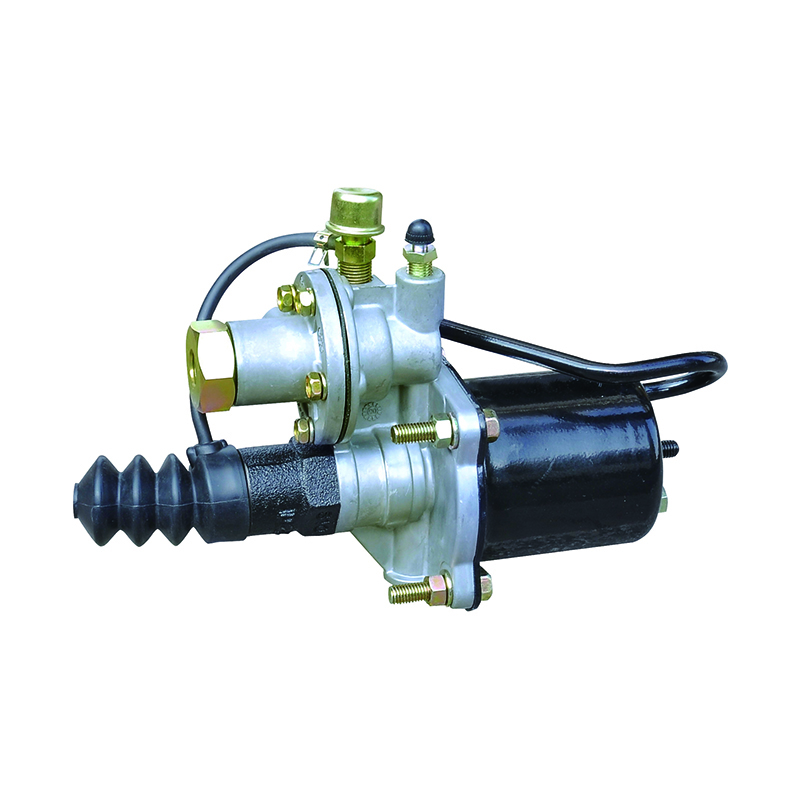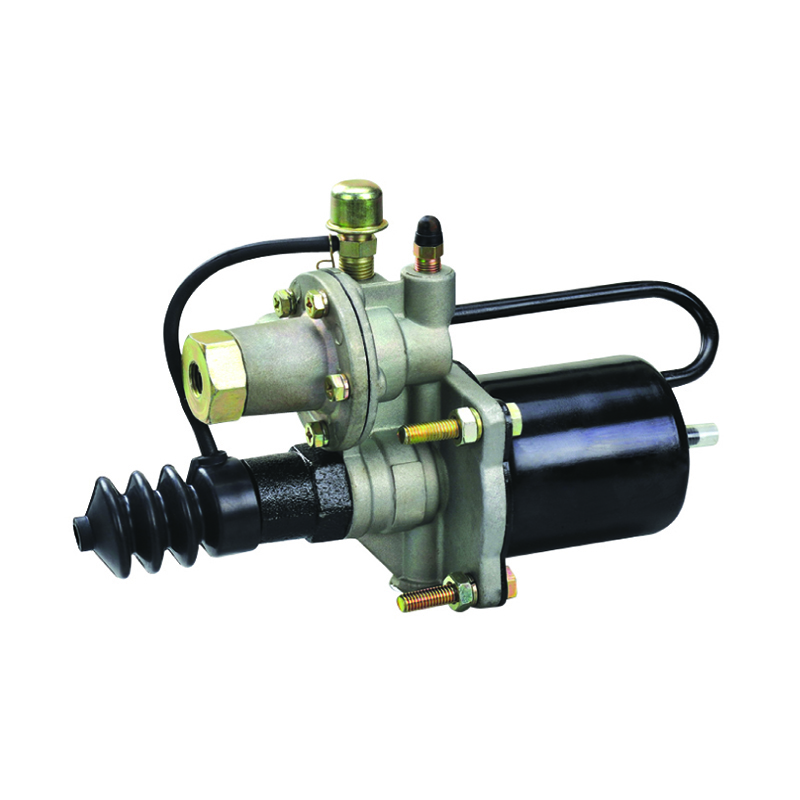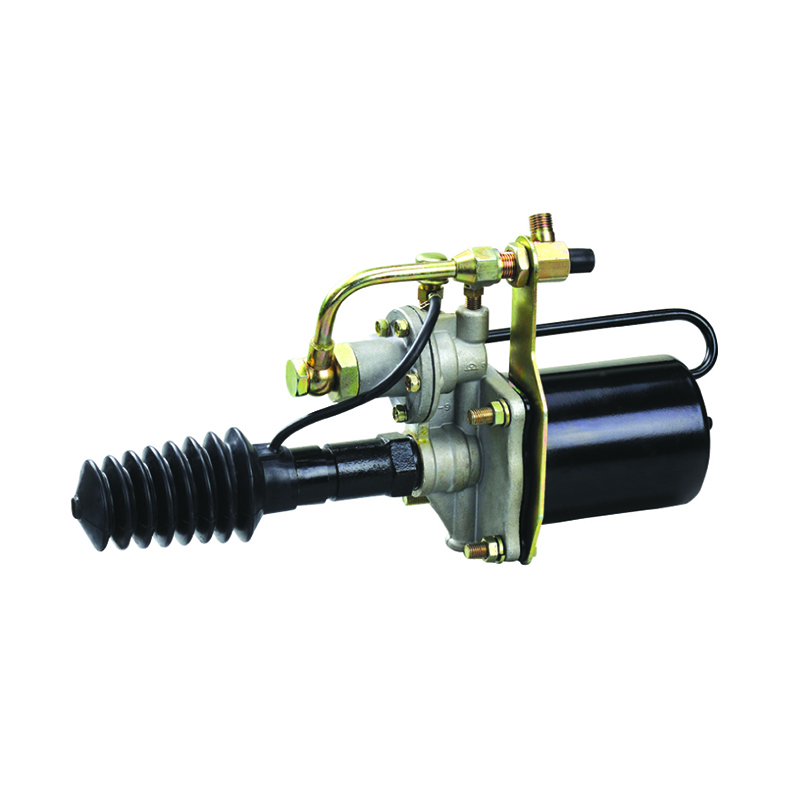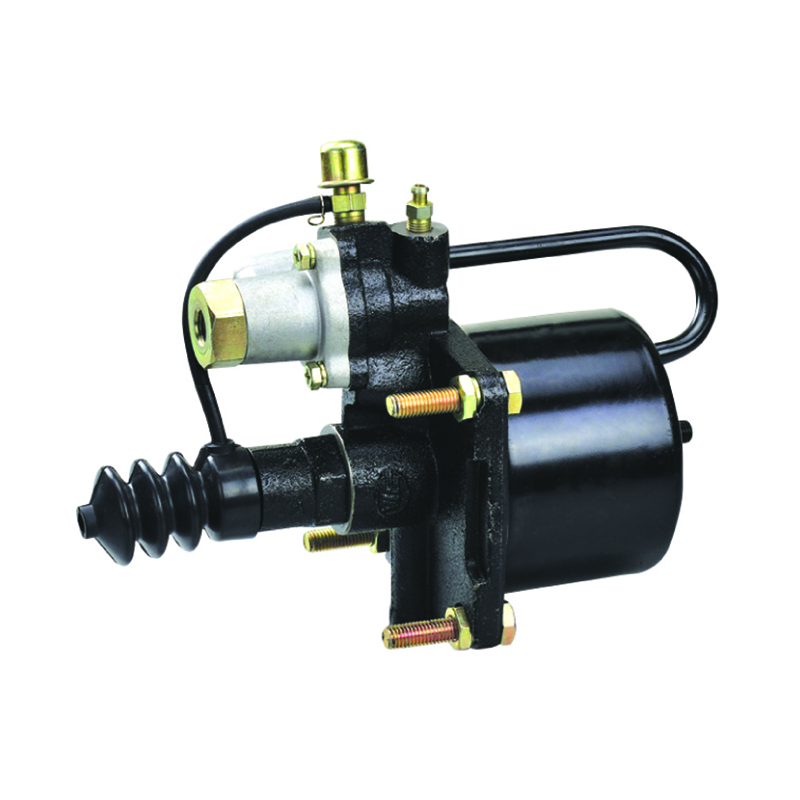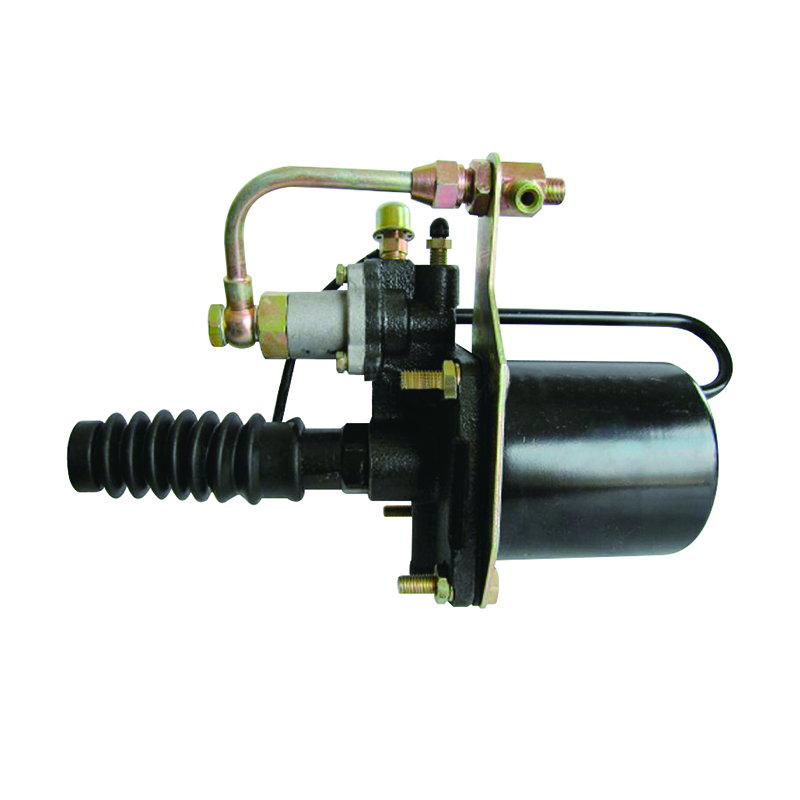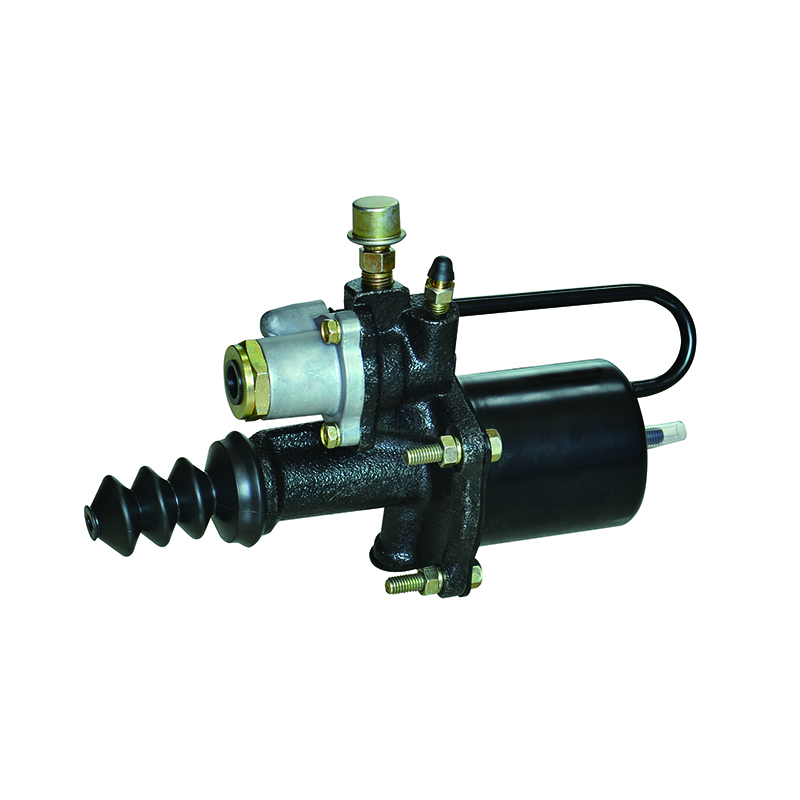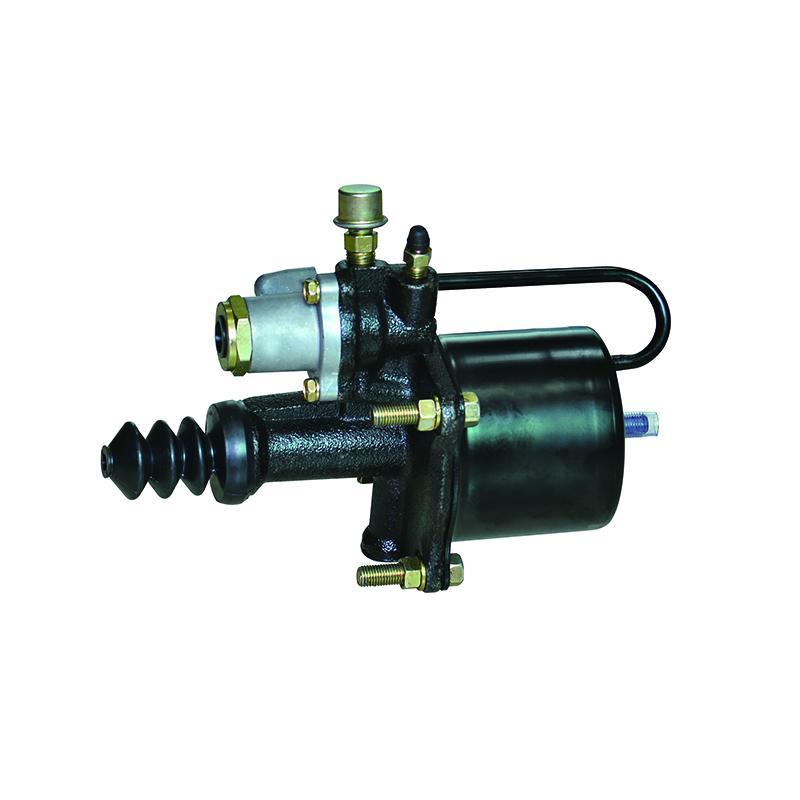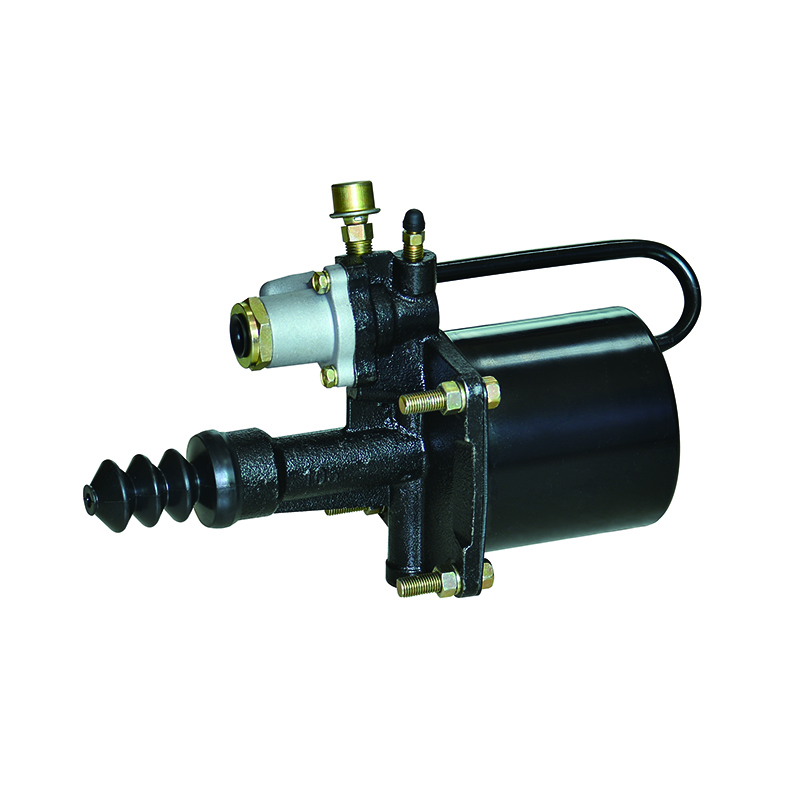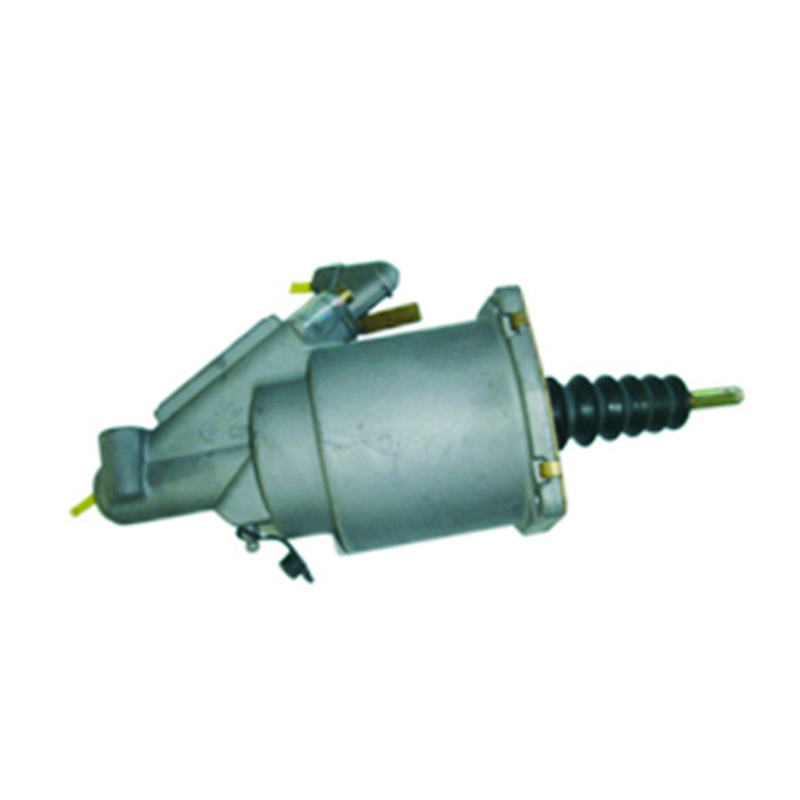For exclusive deals and latest offers, signup by entering your email address below.
The Science Behind Clutch Boosters: How Do They Work?
Clutch boosters, also known as clutch servos or clutch assist systems, are hydraulic devices designed to improve the performance and efficiency of the clutch system in vehicles with manual transmissions. By reducing the effort required to operate the clutch pedal, they aim to enhance the overall driving experience.
These clutch boosters operate based on hydraulic principles. Inside the booster, there is a diaphragm or piston that separates the booster chamber into two sections – the primary and secondary chambers. The primary chamber is connected to the clutch pedal, while the secondary chamber is linked to the clutch release mechanism.
When the driver presses the clutch pedal, hydraulic fluid is forced into the primary chamber of the clutch booster. This hydraulic pressure acts on the diaphragm or piston, causing it to move and compress the hydraulic fluid in the secondary chamber. This compressed fluid is then directed toward the clutch release mechanism, where it assists in disengaging the clutch.
The key advantage of this hydraulic boost is that it effectively multiplies the force applied by the driver's foot, making it easier to operate the clutch pedal. This can be particularly beneficial in heavy traffic or situations requiring frequent gear changes.
Clutch boosters offer a few additional advantages as well. Firstly, they can compensate for wear in the clutch system over time, maintaining consistent performance as the clutch components age. Secondly, they provide a more gradual and controlled clutch engagement, reducing the risk of sudden jerks or jolts when shifting gears.
It's important to note that clutch boosters do require regular maintenance and inspection to ensure proper functioning. The hydraulic fluid levels and system integrity should be checked periodically, and any signs of leakage or damage should be addressed promptly to avoid any clutch-related issues.
In conclusion, clutch boosters are hydraulic devices that assist in reducing the effort required to operate the clutch pedal. By utilizing hydraulic pressure, they multiply the force applied by the driver, resulting in smoother and easier clutch engagements. This technology improves overall clutch performance and can enhance the driving experience, especially in situations demanding frequent gear changes or prolonged operation of the clutch pedal.

 English
English 中文简体
中文简体
